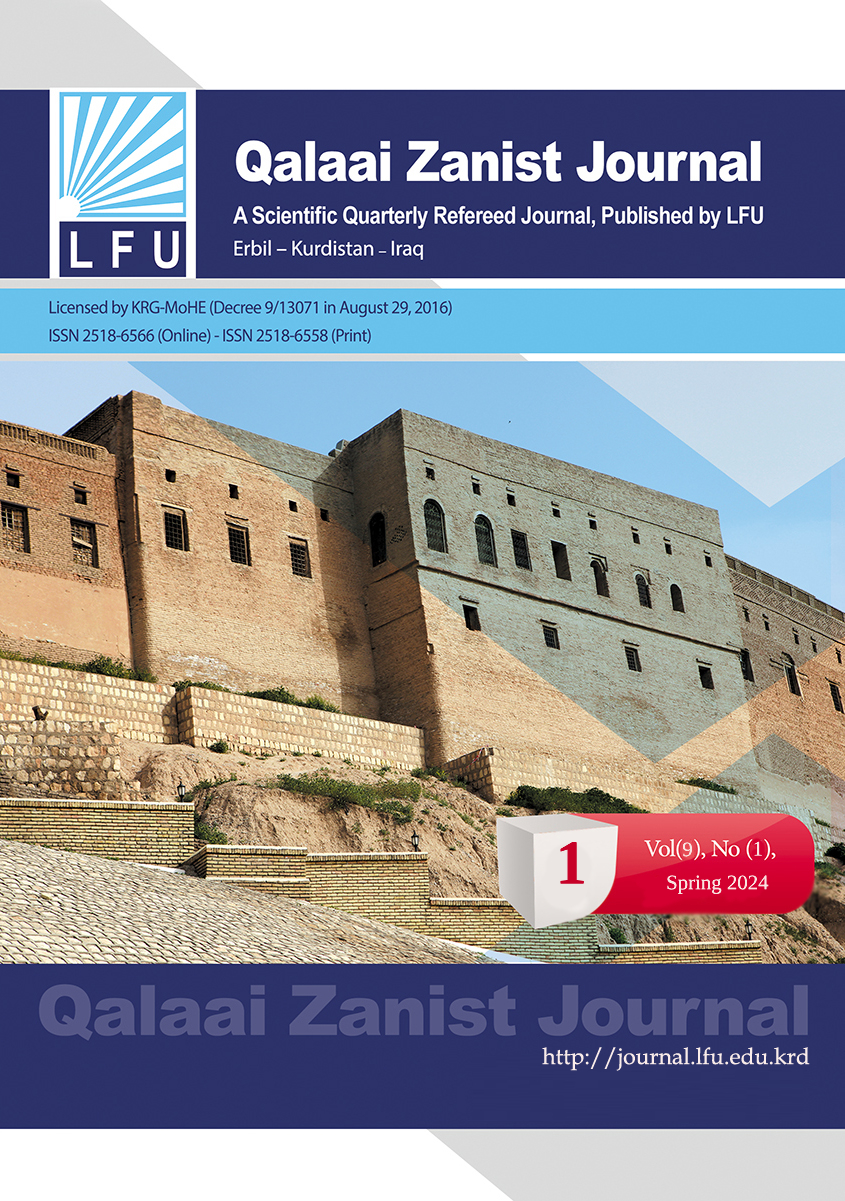A Structural Modelling Approach to The Impact of Electronic Auditing Determinants on The Financial Performance of Islamic Banks in Kurdistan
##plugins.themes.bootstrap3.article.main##
پوختە
The study aims to develop a model that can effectively capture the impact of internal electronic auditing determinants on the financial performance of Islamic banks. Specifically, the objectives were to (1) determine the effect of technological risk, organizational funding, audit infrastructure and technical expertise and ethical conduct on the financial performance of Islamic banks and (2) ascertain the validity of propositions that moderating ethical conduct moderates the interactive connections linking technological risk, organizational funding, and audit infrastructure and technical expertise with financial performance. Consequently, the study applied a structural equation modelling approach in analyzing 250 questionnaire responses collected from managers, auditors, accountants and other employees of 11 Islamic banks in Erbil Kurdistan. The results of the study revealed that organizational funding, audit infrastructure and technical expertise, and ethical conduct electronic internal auditing determinants distinctively contribute positively toward improving financial performance, but the extent of the impact differs from one internal control component to the other. It was further revealed that technological risk poses huge adverse effects on banks’ financial performance and this demands bank managers to enact effective risk management and mitigation strategies to curb the prevalence of such risks. The study concludes that it is important for bank managers to restructure the banks' internal auditing practices according to the banks’ technological risk, organizational funding, audit infrastructure and technical expertise, and ethical conduct.
Downloads
##plugins.themes.bootstrap3.article.details##
چۆنییەتی بەکارهێنانی سەرچاوە
Copyright (c) 2024 Bayar Ali Ismael، Azhy Akram Aziz، Omran M.Rashid Abdulqadir، Karwan Ismail Abdulrahman، Sardar Jalal Braim، Barzan Omar Ali، Bayar Gardi

This work is licensed under a Creative Commons Attribution 4.0 International License.

